
The Blind Assassin is a novel by the Canadian writer Margaret Atwood. It was first published by McClelland and Stewart in 2000. The book is set in the fictional Ontario town of Port Ticonderoga and in Toronto. It is narrated from the present day, referring to previous events that span the twentieth century but mostly the 1930s and 1940s. It is a work of historical fiction with the major events of Canadian history forming an important backdrop, for example, the On-to-Ottawa Trek and a 1934 Communist rally at Maple Leaf Gardens. Greater verisimilitude is given by a series of newspaper articles commenting on events and on the novel's characters from a distance.
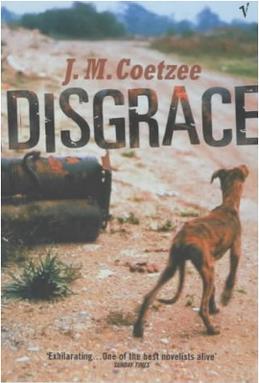
Disgrace is a novel by J. M. Coetzee, published in 1999. It won the Booker Prize. The writer was also awarded the Nobel Prize in Literature four years after its publication.
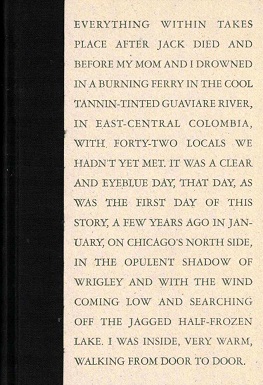
You Shall Know Our Velocity! is a 2002 novel by Dave Eggers. It was Eggers's debut novel, following the success of his memoir A Heartbreaking Work of Staggering Genius (2000).

The Ground Beneath Her Feet is Salman Rushdie's sixth novel. Published in 1999, it is a variation on the Orpheus/Eurydice myth, with rock music replacing Orpheus's lyre. The myth works as a red thread from which the author sometimes strays, but to which he attaches an endless series of references.
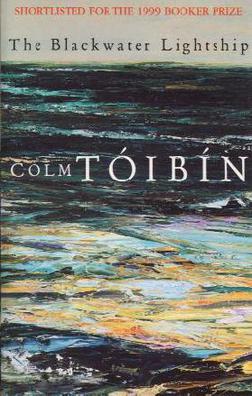
The Blackwater Lightship is a 1999 novel written by Irish novelist Colm Tóibín. It was shortlisted for the Booker Prize.
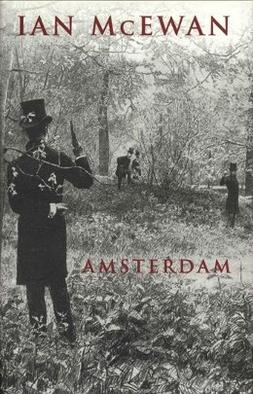
Amsterdam is a 1998 novel by British writer Ian McEwan, for which he was awarded the 1998 Booker Prize.

Cities of the Plain is the final volume of American novelist Cormac McCarthy's "Border Trilogy", published in 1998. The title is a reference to Sodom and Gomorrah.
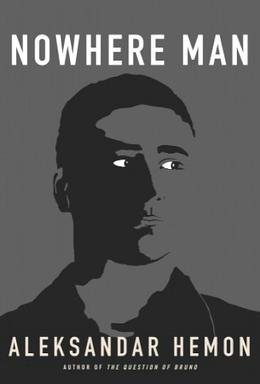
Nowhere Man is a 2002 novel by Aleksandar Hemon named after the Beatles song "Nowhere Man". The novel centers around the character of Jozef Pronek, a Bosnian refugee, who was already the subject of Hemon's novella Blind Jozef Pronek & Dead Souls published in his short story collection The Question of Bruno (2000).
Love In a Dark Time: Gay Lives from Wilde to Almodóvar is a collection of essays by Irish writer Colm Tóibín published in 2002.
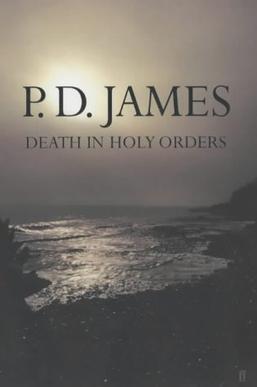
Death in Holy Orders is a 2001 detective novel in the Adam Dalgliesh series by English writer P. D. James.
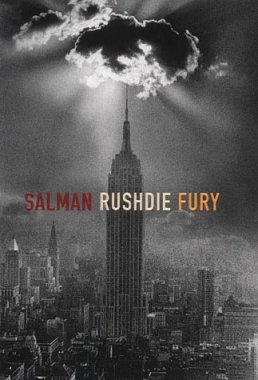
Fury, published in 2001, is the seventh novel by author Salman Rushdie. Rushdie depicts contemporary New York City as the epicenter of globalization and all of its tragic flaws.

Blonde is a 2000 biographical fiction novel by Joyce Carol Oates that presents a fictionalized take on the life of American actress Marilyn Monroe. Oates insists that the novel is a work of fiction that should not be regarded as a biography. It was a finalist for the Pulitzer Prize (2001) and the National Book Award (2000). Rocky Mountain News and Entertainment Weekly have listed Blonde as one of Joyce Carol Oates's best books. Oates regards Blonde as one of the two books she will be remembered for.

Love (2003) is the eighth novel by Toni Morrison. Written in Morrison's non-linear style, the novel tells of the lives of several women and their relationships to the late Bill Cosey.
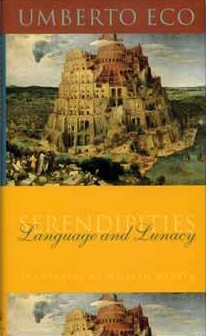
Serendipities: Language and Lunacy is a 1998 collection of essays by Umberto Eco. Dealing with the history of linguistics and Early Modern concepts of a perfect language, the material in the book overlaps with La ricerca della lingua perfetta. As Eco explains it in his preface, serendipity is the positive outcome of some ill-conceived idea.

Dark Star Safari (2002) is a written account of a trip taken by American author Paul Theroux from Cairo, Egypt, to Cape Town, South Africa, via trains, buses, cars, and armed convoy. Theroux had lived in Africa as a young and idealistic early member of the Peace Corps and part of the reason for this trip was to assess the impact on Africa of the many years of aid from Western countries. His assessment is generally critical of the long-term impact of aid programs.

Love, Etc is a novel by Julian Barnes published in 2000, although it is also the title of a French film based on his earlier novel Talking It Over.
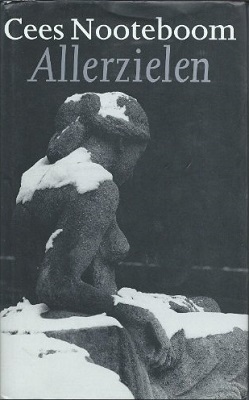
All Souls' Day is a 1998 novel by the Dutch writer Cees Nooteboom. It tells the story of a Dutch documentary filmmaker who lives in Berlin, and reflects, with his friends, on matters such as art, history, and national characters.

The Impressionist is Hari Kunzru's debut novel, first published in 2003. Kunzru received the Betty Trask Award and the Somerset Maugham Award for the book's publication.

Family Matters is the third novel published by Indian-born author Rohinton Mistry. It was first published by McClelland and Stewart in 2002. Subsequent editions were published by Faber in UK, Knopf in US and Vintage Books in India. The book is set in Shiv Sena-ruled Bombay.

The Emperor's Babe is a verse novel written by British author Bernardine Evaristo. Published by Penguin in 2001, it is Evaristo's second work of fiction. Based in London around 1800 years ago, it follows the story of black Nubian teenage girl, Zuleika, who comes of age in the Roman period. The Emperor's Babe won the Arts Council Writers Award in 2000, a NESTA Fellowship Award in 2003 and was chosen by The Times as one of the 100 Best Books of the Decade in 2010. In 2013, it was also adapted into a BBC Radio 4 play.
This page is based on this
Wikipedia article Text is available under the
CC BY-SA 4.0 license; additional terms may apply.
Images, videos and audio are available under their respective licenses.


















